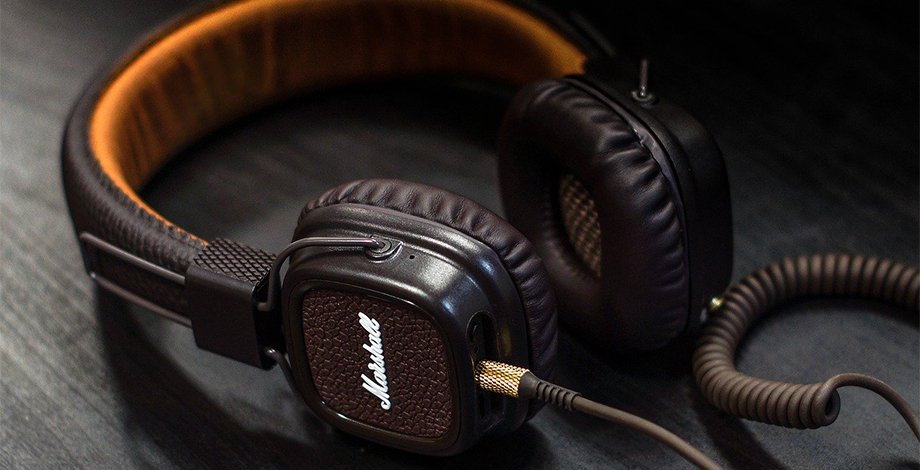What Is Impedance in Headphones and Should You Care?

A few of the main features customers usually care about when buying tech gadgets are the price, warranty, and the lifetime of the product. When it comes to headphones or similar audio emitting devices, one hugely overlooked factor is the impedance.
You may or may not care about this feature with low-end headphones that only cost a couple of dollars but you must know that this is a feature that can determine the quality of your sound compared to which devices you are using the headphones with. Impedance can also be an important factor that decides whether you damage your headphones or not. As a result, we’ve decided to break down the complex scientific jargon and equation-riddled explanation of impedance into a simple article that will clear up what is impedance in headphones once and for all.
What Is Impedance in Headphones?

The most usual field where you can find this term and its measurement units is on headphones packages. Impedance can be explained both in a complex manner with equations or in a simple matter which is enough for consumers to understand and use to pick out better products.
The term impedance is a type of measurement in headphones that determines their efficiency. It is measured in Ohms, the higher the Ohms the better sound quality you will receive. However, it’s not that simple – it never is with most electronic gadgets.
In order to get higher quality sound with high impedance headphones, you need to make sure that the device the sound is coming from matches. What does this mean? Well, let’s look at a few examples below that will make everything a lot clearer.
Tip: More impedance ultimately means better sound but it also requires more power to be delivered to the headphones!
How to Buy Headphones Based on Impedance?

Most people don’t really want to learn about impedance so that they can become an audio engineer or audio quality analyst, as they just want to know how to use this feature to their advantage when buying headphones. As a result, let’s talk about what low and high impedance mean for headphones. Also, you don’t have to worry about different impedance principles when it comes to headsets vs headphones, as the same applies for both.
Low Impedance Headphones
Most standard consumer headphones that people usually buy feature an impedance level of 32 Ohms – this is considered as the standard value. This level of impedance, and lower, can be safely used with laptops, PCs, smartphones, tablets, and similar devices. There are plenty of high-quality low impedance headphones under $50 that you can get and never look back.
As we mentioned, headphones with lower impedance don’t require a lot of power, as a smartphone certainly can’t provide enough power voltage for headphones with 80, 100, and more impedance for you to enjoy the full benefit of those types of headphones.
What Happens If I Use Low Impedance Headphones with a High Audio Output Device?
If you decide to use headphones that feature an impedance level of anywhere between 8 and 32 Ohms it is likely to result in a blowout – meaning that you can possibly damage the driver inside your headphones. If that doesn’t happen, then the second likeliest situation is distorted and muffled audio.
High Impedance Headphones
High impedance headphones require a higher voltage to power them. They will still work with laptops and smartphones, but the quality and volume will be sacrificed significantly. These types of headphones with high impedance can go as high as 600 Ohms, making them perfect to be paired with almost any type of audio interface or dedicated headphone amp.
What Happens If I use High Impedance Headphones with a Low Audio Output Device?
Using high impedance headphones with low audio output devices like smartphones or laptops will usually result in a decrease in sound quality and volume. You will see that if you turn the volume all the way up, it will barely be noticeable and still not loud enough for you to enjoy.
What Is a Good Impedance Level for Headphones?
There’s no standard rule saying that any impedance level is overall the best. However, this feature can definitely make the difference between a great and bad experience with your headphones. The main factor in question here is what type of headphones are you looking for and what do you plan to plug them in?
If you want a pair of headphones to listen to music while you’re traveling, commuting, or simply enjoying your favorite songs in a quiet place, then headphones with low impedance or around the standard norm of around 32 Ohms will suit you best, as an impedance level of 100 or above will decrease the quality and volume level of your headphones while used with a smartphone.
On the other hand, if you plan on using your headphones for a studio session as an audio engineer, pair them with an audio interface or amp for an electric guitar, or anything similar to that, then you’re going to need headphones with a much higher impedance level. The best choices in this area include headphones with an impedance level of 250 and up to 600 Ohms.